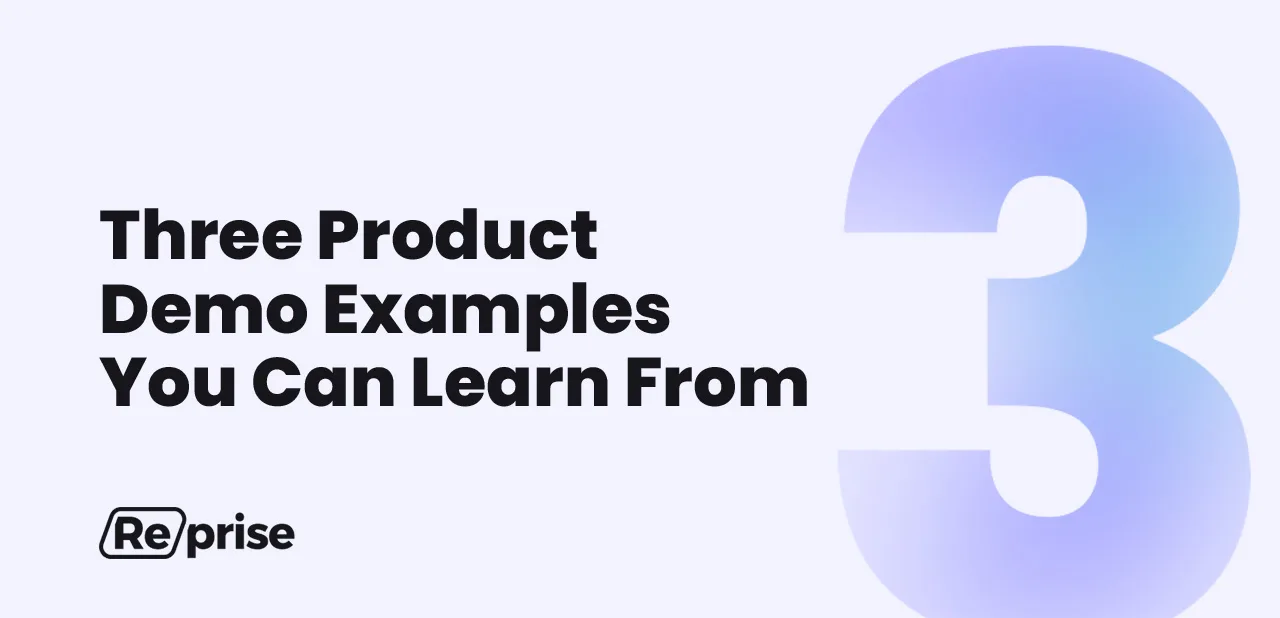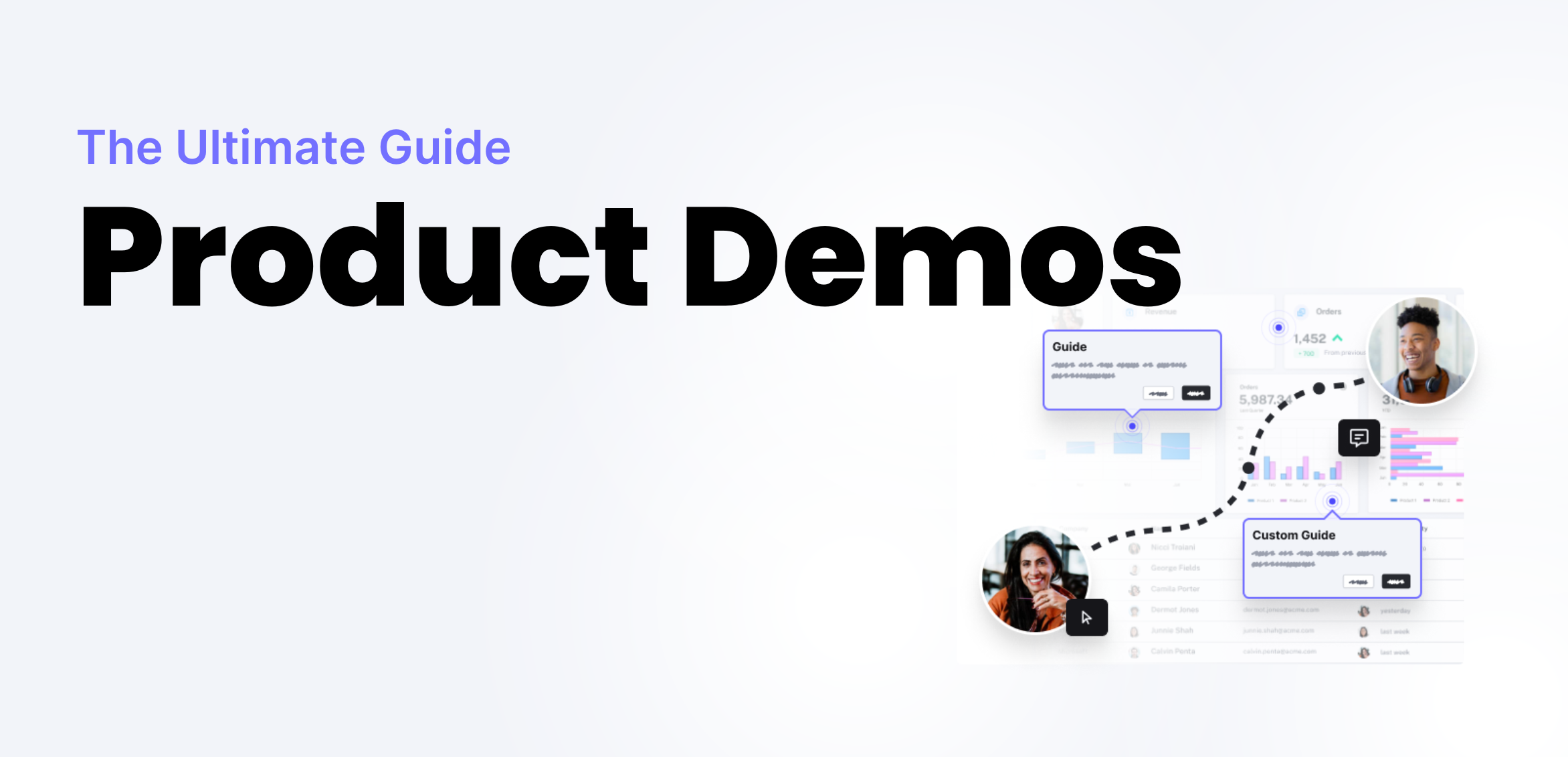Real Talk Webinar Recap: PreSales Are the Process

In our third Real Talk webinar with the PreSales Collective, we got brutally honest about the role of PreSales in the sales process, and how best-in-class orgs have their PreSales teams play a key part in designing, enforcing, and even benefitting from the process.
Our all-star panel this time featured:
Amin Ibrahim, PreSales Director at Hootsuite
Julian Mackrel, Sales Engineering at Chorus.ai
Patty Hager, Senior Director of PreSales at Lenovo
Roxanna Farshchi, PreSales Managing, Sourcing at Workday
The biggest challenge our panel and the PreSales Collective agreed that everyone faces? It can frequently feel like PreSales actually IS the process – and sometimes even the policers of the process.
Too often, the PreSales team becomes the gatekeeper and enforcer of the sales process. PreSales is a thoughtful, data-driven team and often gets stuck as enforcers of a process handed down by management or leadership, and gets a reputation as finger-waggers. It can be a burden – but when it’s done right, it can also be an accelerator to a PreSales career and to business growth as a whole.
So how can PreSales contribute to the process in a way that works well for both the team and the whole org? We talked about six key moments in the process where things can go wrong for PreSales (and everyone else), and how to turn those issues into opportunities to get it right.
How do you prevent prospects who are bad fits from chewing up trial time?
Once the business has gotten to a place where you don’t need to give out free trials like candy, how can PreSales stop giving out trials to bad leads? They just use up time you could be spending on more valuable prospects.
- Helping customers to understand the process is important – new buyers don’t always know what they’re really looking for, especially in new products. Training AEs on end goals helps ensure customers are getting the value they want, which means solving the problems they actually have, not just their surface pain point.
- Creating a checklist that covers pre-sale, during the sale, and post-sale can help everyone get on the same page about how to determine who actually makes a good buyer. And the checklist needs to be for both AEs and SEs, since they’re really partners.
- Don’t become too dogmatic with the process because you can lose deals and burn bridges – know when to push back on the process with AEs or leadership and when to be a bit flexible.
How do you prevent bad buyers from becoming deals?
Not every client is going to be a good fit for your product and your team – and difficult clients can be more trouble than they’re worth, chewing up resources and taking you down a dead end. If you see the warning signs early during your trial period, how can you keep those tough trials from becoming tough customers when the sales team has quotas to hit?
- Understanding your ideal customer criteria is vital – know examples of where you can truly provide exceptional value and focus on those prospects. Do exceptional discovery with clients so you know if they’re a great fit before anything is signed.
- Startups can’t always afford to push back, so it comes down to internal relationships. There are so many people on a sales team right now, getting clear on how everything works and what everyone is doing is vital.
- You might want to take risks on an uncertain prospect and that’s fine – but do it knowingly and have discussions about it up front with the whole team. You might shift those use cases as well as you grow too, so keep an open mind about prospects who are a little out of the box and keep the process a bit flexible.
- Weeding out people who are just deeply unpleasant to work with can be important too. You want to actually want to work with your clients, and the difficult ones might be more likely to churn anyways.
How do you make sure the sales team is actually following their sales methodology?
PreSales is there for the whole sales process from beginning to end, so they often have more insight into who’s really following the sales methodology. How can you ensure the process really happens without having to run to a manager every week? This is harder when you’re not in the same room!
- The process is important, but you do need to tweak even the best sales methodologies to work for each organization. Find out why the process is being abandoned and have an honest conversation about why that’s going on. But then hold sellers accountable for sticking to a new solution.
- It’s a partnership between AEs and SEs, so SEs can’t just get annoyed at AEs for not doing what they’re supposed to do. That’s not helpful. Instead, having post-mortems and data can back up those trends and SEs can show the value of the process to AEs. SEs are there for the whole sales process, so we can bring a lot of info on how the whole process is going that sales managers might not have.
- SEs can highlight successes of sales partners and show how the methodology worked instead of just telling people what’s wrong – showing what good looks like too encourages people to stick with the process without getting adversarial.
How do you make sure new customers actually get what they ask for?
Success is more than just getting lots of deals these days. It’s more about getting customers who renew every year, are delighted with your product, and have a high NPS too. Ensuring customers are actually getting what you’re selling to them is essential.
- Having a portal so PreSales can share info with the CSM is very helpful. If a deal takes three months to close, that’s a lot of conversations and info shared along the way with PreSales. Looping in the CSM can help them seamlessly move into supporting the new customer without having the same conversations over and over.
- If you can’t stay on for the post-sale period, don’t leave your CSM in the dust to figure it out themselves. Share any workshopping, learnings, etc. that took place so customers don’t feel they’re starting all over again once they purchase.
How do you highlight expansion opportunities for customers without sounding greedy?
SEs know the tech roadmap for the client – that’s why it’s really about more than just the process before the sale. Not tapping into that knowledge is a mistake too many organizations make. Our panelists had a few great ideas for how to provide value post-sale.
- Knowing how customers are actually using the product you sold them is great. Doing customer experience days where you see how they’re using your product, letting you highlight features and shortcuts, and more can provide insights for both the customers and for PreSales making future deals as well.
- Providing some ongoing customer learning can give an avenue into upselling too as you can get customers intrigued by – and then familiar with – the full capabilities of your product. Programming some on-demand customer education or having SEs do a webinar with clients can help clients optimally deploy.
- Customer success is very present-focused, but SEs can bring a future-focus on possibilities and see what might work where. If products sold themselves, SEs wouldn’t be needed – it’s not as obvious as it first seems.
How do you make sure feedback gets to the R&D team?
PreSales has an inside look at how prospects and customers really use the product and the features they’re looking for when they’re making a purchase decision. So how can PreSales work with the R&D team to share those insights?
- Bigger and more established orgs with lots of different products will often have leads or captains mapped to specific products. This is a great avenue for PreSales to share feedback and ideas directly with the captain, who will then pass it on to the R&D team and enable the product team to make changes. Sitting directly with product management is really helpful, and possibly the dream (when sitting in an office is a regular thing again).
- Set up SalesForce fields with close loss reasons to track which features prospects feel are lacking or not working for them. For bonus points, update AEs when those problems are fixed so they can reach out to current clients with the good news, and add those features into their sales pitch for prospects.
- Sitting on the product advisory council to bring up ideas and issues regularly is also a dream scenario so someone from the PreSales world has input and stays in the loop.
And we got a great question from the audience for our panelists:
Q: Share a juicy example of focusing on an area the sales manager isn’t honed in on. Where do we really think the sales leadership is turning a blind eye?
A: Sales leaders often look at call scripts for the first call, but not the next few calls and AE makes to a prospect. That’s because they’re looking for milestone calls to coach on – but it means they’re missing examples of the same kinds of call. And they’re missing other vital info too, like why an AE is actually doing 4-5 calls on the same subject with a prospect. It’s just in the nature of how sales leaders coach and inspect their team, but it leaves them with some serious blind spots.
And it’s not just sales leaders with the blind spots – when was the last time a PreSales manager in your org reviewed a negotiation call? Everyone focuses automatically on their own strengths and what comes naturally – it takes real effort to get off those well-worn paths and look around with fresh eyes.
Key Takeaways
Our Real Talk webinars are always engaging, informative, and a little bit therapeutic too. Missed out on this one? You can watch the replay of the webinar so you don’t miss a thing.
And don’t forget to register for our next Real Talk about PreSales in the New Customer Journey on February 16: sign up here for your free spot!
Photo by Philipp Mandler on Unsplash



